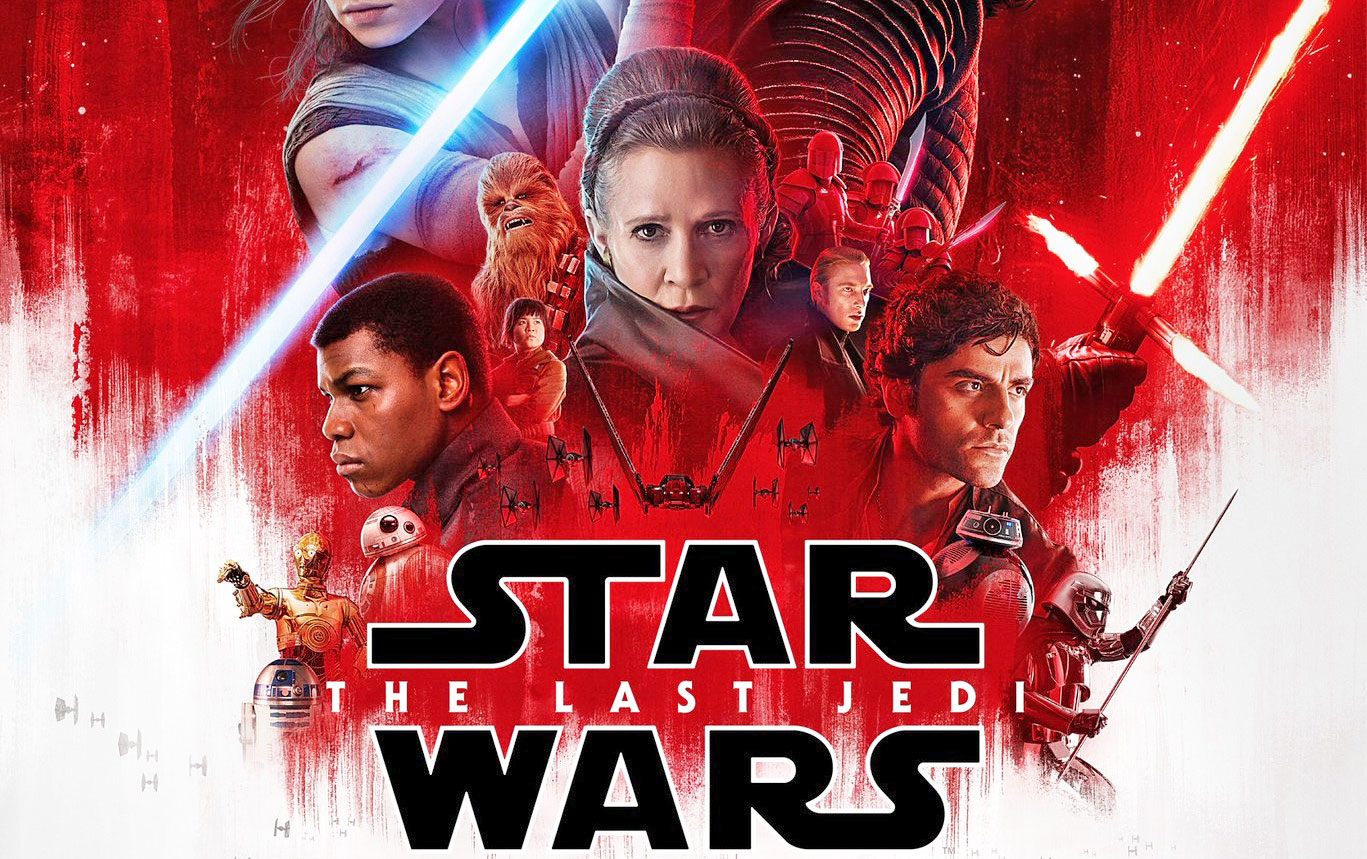On June 28, 2003, Walt Disney Pictures and Jerry Bruckheimer Films brought the original Pirates of the Caribbean
movie to audiences nationwide.
Director Gore Verbinski's adaptation of the Disneyland ride
opened to $13.5 million, marking the best Wednesday opening of the year.
The Johnny Depp, Orlando Bloom and Keira Knightley starrer went on to
put $305.4 million domestically in its box office treasure chest and
would earn Depp an Oscar nomination for his now-iconic role as Captain
Jack Sparrow. The Hollywood Reporter
's original review is below:
Since the previous Walt Disney Co. film based on one of its theme park attractions was the unbearable
The Country Bears,
Pirates of the Caribbean: The Curse of the Black Pearl is
surprisingly not bad. For one thing, the filmmakers draw upon the
entire legend and lore of pirate life — of high-seas ambushes, mountains
of gold, cruel captains, lusty rogues, feisty damsels, drunken sailors,
barroom brawls, ancient curses and furious sword fights. So the film
pays bemused tribute not only to one of Disneyland’s most popular rides
but those old swash-bucklers who once graced movie screens.
Screenwriters Ted Elliott and Terry Rossio are mostly associated with
animation, and this is one time when a cartoon approach in live action
is exactly right: The movie’s flamboyant personalities and
tongue-in-cheek action push the envelope of high camp without ever
succumbing to sheer silliness.
This $100 million-plus production, stylishly directed by
Gore Verbinski and lavishly produced by Jerry Bruckheimer, has the
makings of one of the summer’s big hits.
The film includes a number of "scenes" from the Disneyland ride, such
as the imprisoned pirates trying to coax a dog carrying a jailhouse key
toward their cell to a raucous tavern featuring zaftig serving wenches.
But the smartest borrowing — and one of the best of the 600-old visual effects shots — is the living skeletons.
The curse of the title occurs when black-hearted
Captain Barbossa (Geoffrey Rush) relieves fellow pirate Captain Jack
Sparrow (Johnny Depp) not only of his command but his ship, the Black
Pearl, and its treasure, leaving him to die on a tiny isle. Sparrow
mysteriously survives and, as the movie opens, sails into Port Royal
harbor in little more than a dinghy.
What Sparrow doesn’t learn until later is that the Pearls’ treasure
carries a curse that dooms his former crew to sail the seas as the
undead. Only moonlight reveals them as living skeletons.
The Pearl attacks Port Royal, just after Sparrow arrives, to retrieve
a gold medallion. This is the last piece of the plundered treasure. If
the treasure is completely restored along with the payment of a “blood
debt,” the curse will lift. The crew also kidnaps the medallions’ owner,
Elizabeth Swann (Keira Knightley), daughter of the governor
(Jonathan Pryce). Two men pursue the Black Pearl, hoping to rescue this
beauteous damsel: Will Turner (Orlando Bloom), a blacksmith and
childhood friend secretly in love with her, and haughty
Commodore Norrington (Jack Davenport), who fancies himself her fiance.
Despite his loathing of pirates, Will joins forces with Sparrow. The
duo hijacks the fastest ship in the British fleet and sets sail for the
Isla de Muerta, where the pirates hope to break their curse.
This sets up a series of set pieces of comic action and effects — the
attack on Port Royal, the escape of Sparrow and Will, sea battles
between the Black Pearl and other vessels, no less than two climaxes in a
torch-lit island cave and, most impressively, moonlit battles between
British sailors and pirate skeletons.
Actors try out a range of salty brogues that pitches much of
the dialogue in a sea of confusing accents. However, Depp takes the
opposite approach with precise enunciation of every line in what is best
described as an accent-less accent. Depp plays his charming rascal in
the lightheaded manner of a man who has either been in the sun too long
or knows something no one else does. Perhaps it’s a bit of both.
Rush zeroes in on the comedy in his wily villain. Knightley continues to display the athleticism exhibited in
Bend It Like Beckham as
a damsel who is able and willing to fight and escape with the best of
men. In the closest thing to a straight man in the movie, Bloom attacks
his role with the pent-up fury of a man who only hates pirates because
pirate blood races in his veins.
The large cast, costumed and made up as a fitly scalawags and
sinister buccaneers, gives tremendous energy to every scene. There are
many solid gags among this motley crew — the pirate forever chasing his
false eye, the parrot trained to speak for its mute master, the series
of fetching wenches who deliver slaps to Sparrow for past wrongs.
Cinematographer Dariusz Wolski and production designer Brian Morris
manage to convey the giddy feel of the original Disneyland ride — that
we are in a dark world, where we may safely gasp and giggle at its
outlandish villainy and savage avarice. Klaus Badelt’s music is at times
over the top, but he takes his cue from a production that banishes all
subtlety.











